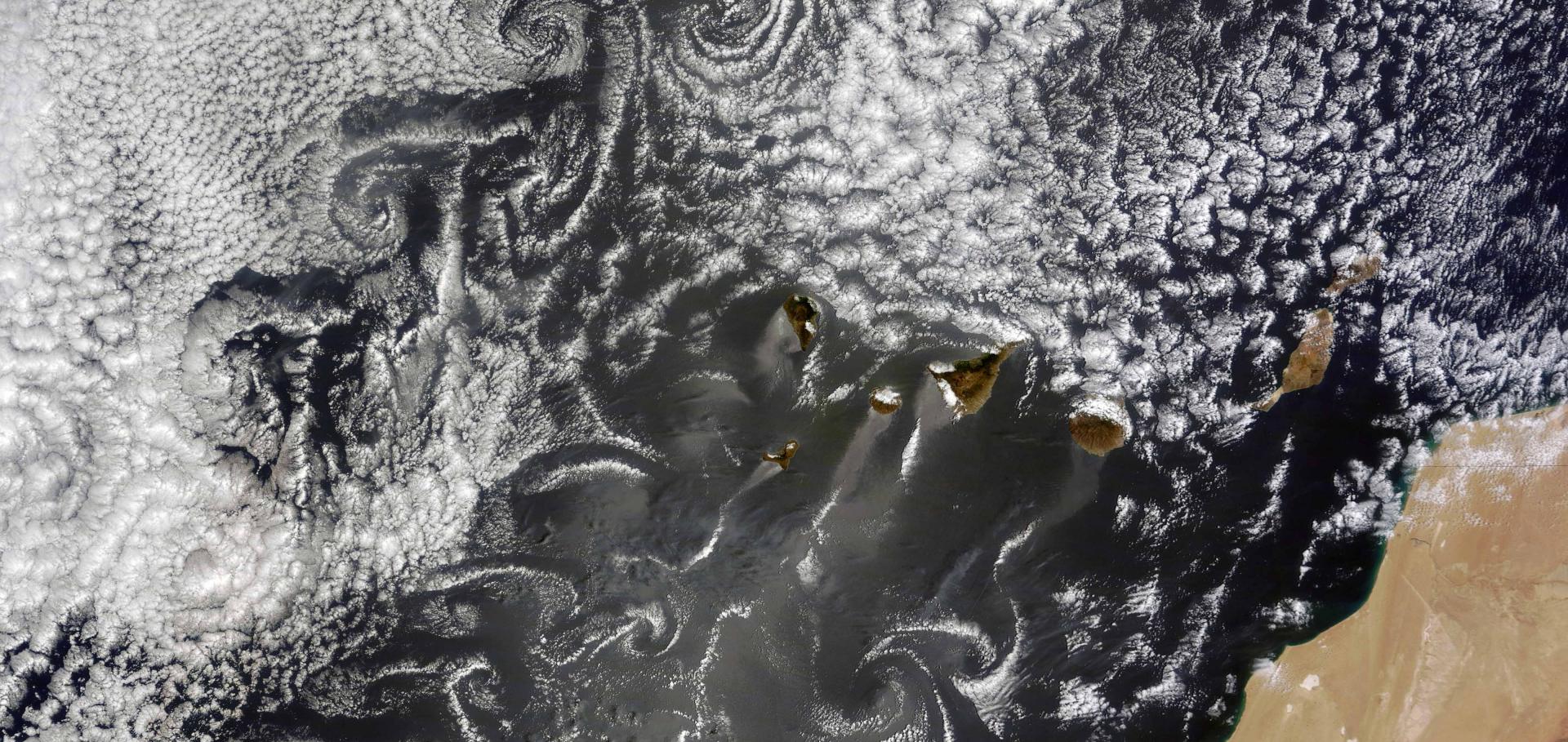Insights from ACRUISE (Atmospheric Composition and Radiative forcing changes due to UN International Ship Emissions regulations) from aircraft, modelling, and satellite perspectives
Copernicus Publications (2022)
Amazon fires drive widespread changes to diurnal cloud regimes and radiation
Copernicus Publications (2022)
ClimateBench: A benchmark for data-driven climate projections
Copernicus Publications (2022)
Multifaceted Aerosol Effects on Precipitation
Copernicus Publications (2022)
Strong control of effective radiative forcing and precipitation by the spatial pattern of absorbing aerosol
Copernicus Publications (2022)


